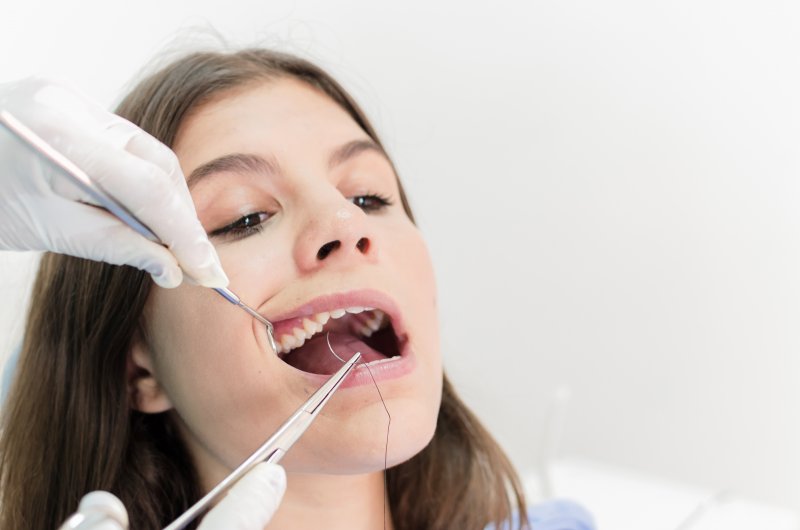
With the current COVID-19 pandemic that has swept the nation, and has hit the state of New York hard, the American Dental Association (ADA) and New York State Dental Association (NYSDA) have set some protective guidelines for your local orthodontist to follow, which limits the types of treatments that can be provided. However, there is still help available if you suffer from an orthodontic emergency. As you continue reading, you’ll learn what types of trauma require immediate treatment and the COVID-19 warning signs to be on the lookout for.
Dental Care Guidelines You Should be Aware of
In accordance with the precautionary guidelines provided by the federal government, ADA and NYSDA, orthodontists in the state of New York are currently only providing emergency dental care. That means that elective procedures like having braces placed or receiving treatment with Invisalign have been placed on hold for now.
These types of dental trauma require immediate action:
- Uncontrolled bleeding that lasts for more than 10 minutes
- A soft tissue bacterial infection with swelling in the mouth or jaw, that can potentially compromise your airway
- Trauma involving facial bones that can possibly inhibit your breathing
How Local Orthodontists are Handling Emergencies
Under normal conditions, an emergency should be treated by an orthodontist as soon as possible. However, with the COVID-19 crisis approaching a nexus point, orthodontists are forced to prioritize care for the best interest of everyone’s health and safety.
Here are some situations that are typically considered as orthodontic emergencies:
- Loose band – The metal rings that are cemented around the back teeth
- Loose spacer – The rubber rings that are temporarily placed between the teeth and left there for a few days to make room for the orthodontic bands
- Loose or broken brackets – The metal attachments that are bonded to your teeth with the job of holding the arch wire in place
- Protruding or broken wire – The metal wire that’s affixed to your brackets
Because each case is unique, your orthodontist will make a final determination about whether you need to be seen immediately based on the severity of your emergency. If the situation isn’t urgent enough to require an immediate visit, you’ll be provided with some expert suggestions on how to stabilize the issue.
Warning Signs of COVID-19 to be on the Lookout for
With the current health threat facing the nation, it’s even more important to practice excellent oral hygiene, which should include thoroughly brushing and flossing your teeth at least two times a day to keep plaque growth at bay. You should also be sure to seek immediate medical attention if you notice symptoms such as shortness of breath, persistent pain or pressure in the chest, feelings of confusion, or blueness in the lips or face.
Although the COVID-19 crisis seems to be getting worse daily, the guidelines issued by national, state and local government serve to help your emergency orthodontist make the safest and most effective decisions.
About the Author
Dr. Justyna Balicka earned her dental degree from the New York University College of Dentistry. Following a year-long general residency, she underwent a three-year orthodontic residency. Dr. Balicka has gone on to achieve the status of Diplomate of the American Board of Orthodontists. As soon as the COVID-19 crisis is controlled, she’ll be available to help you achieve the smile of your dreams at Huntington Orthodontics. She can be reached for more information through her website.

